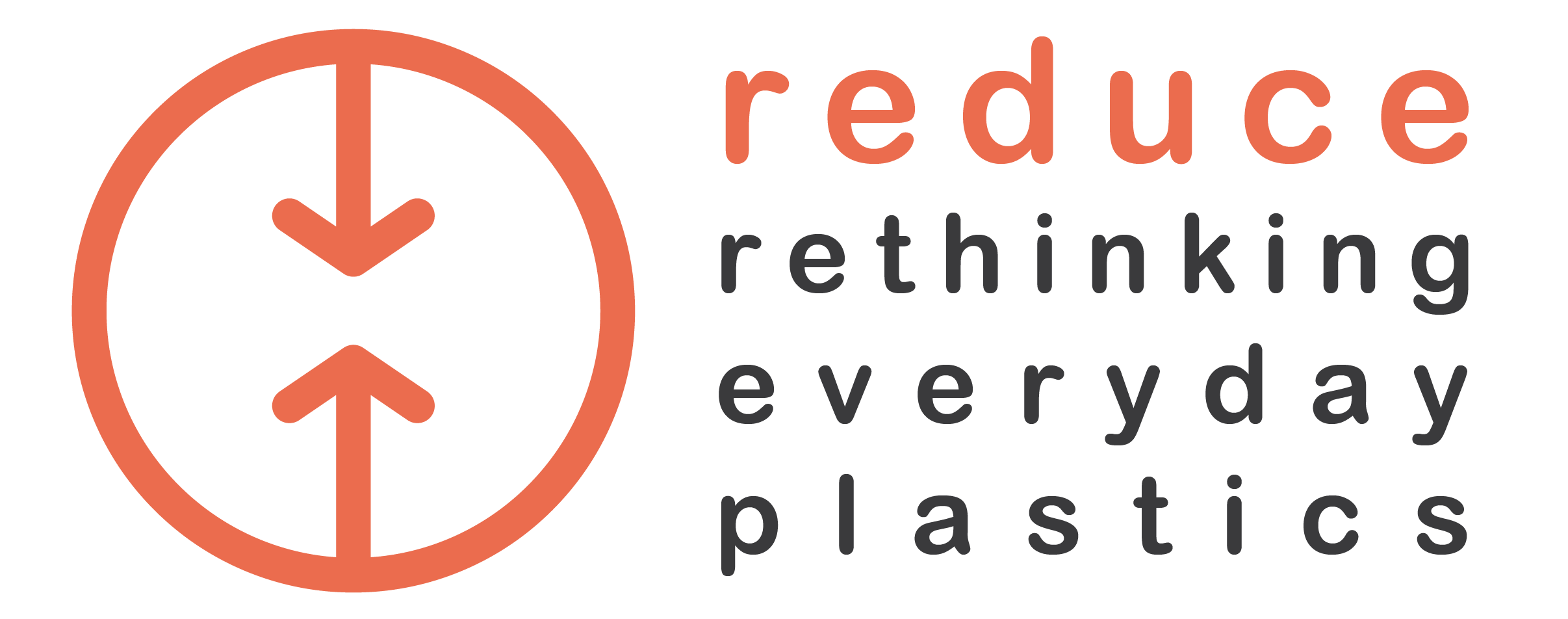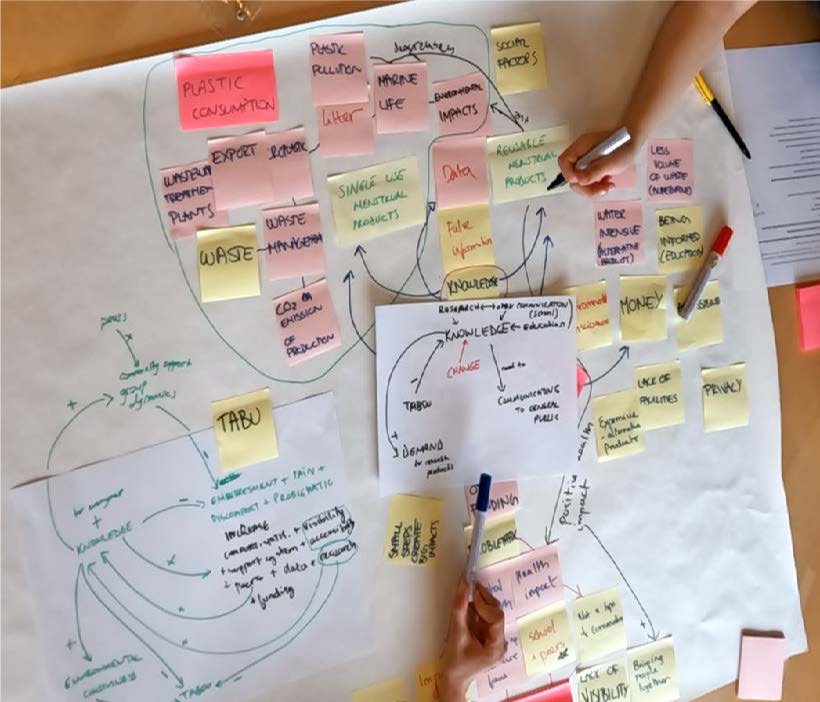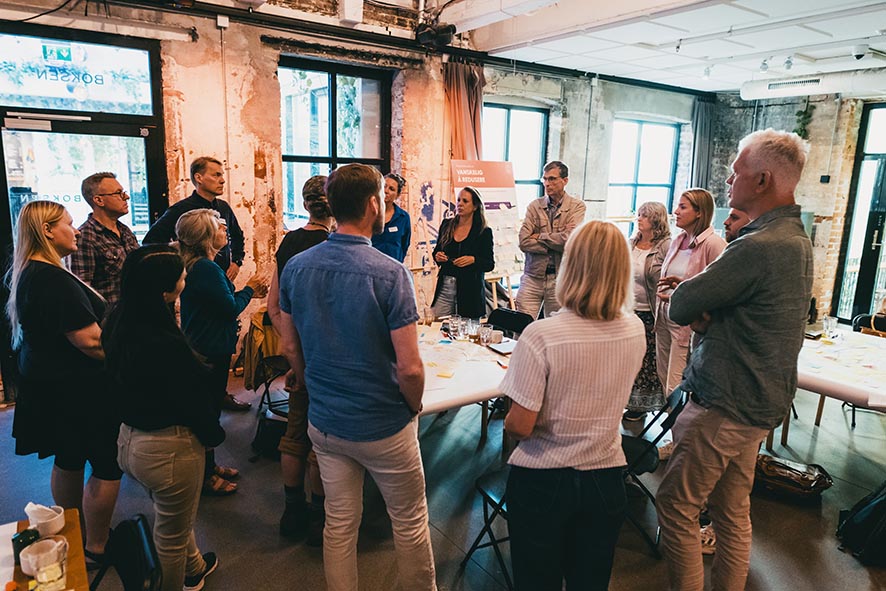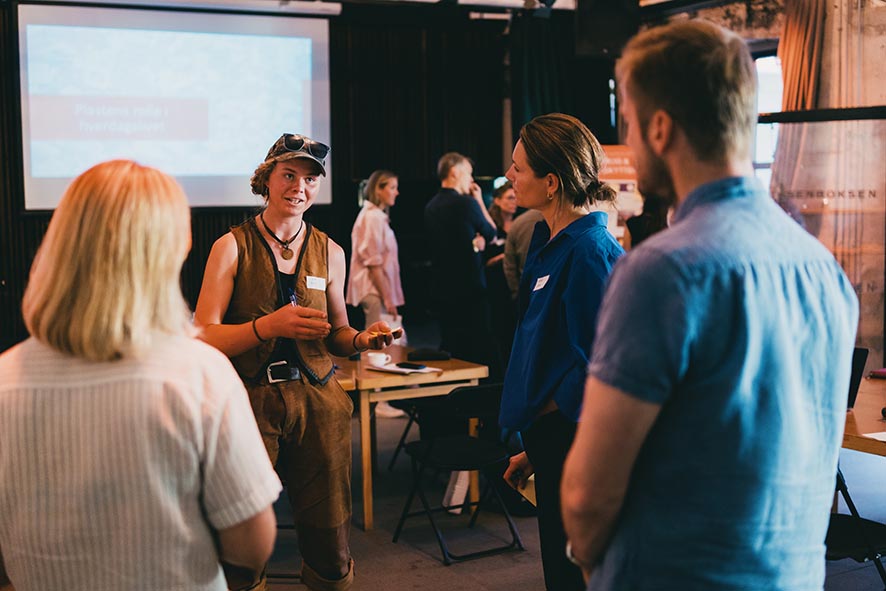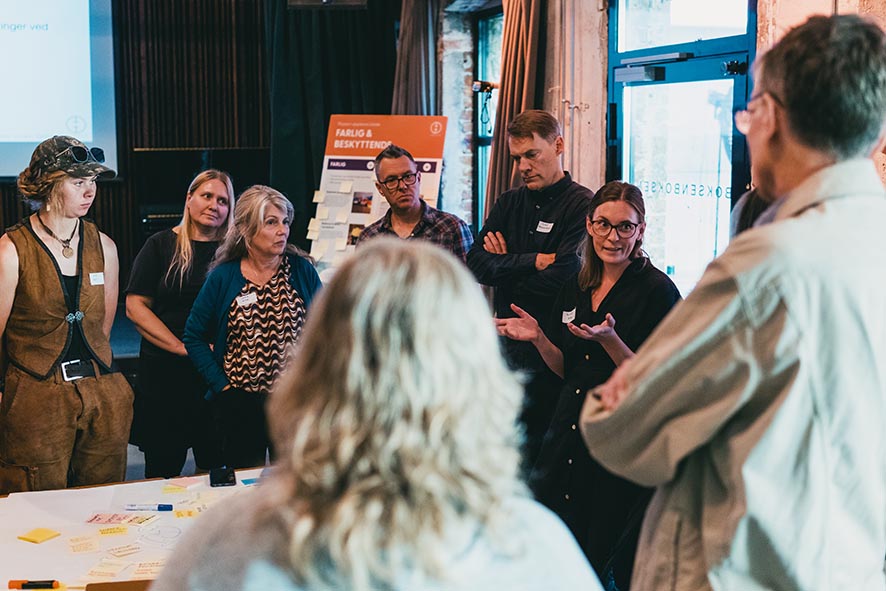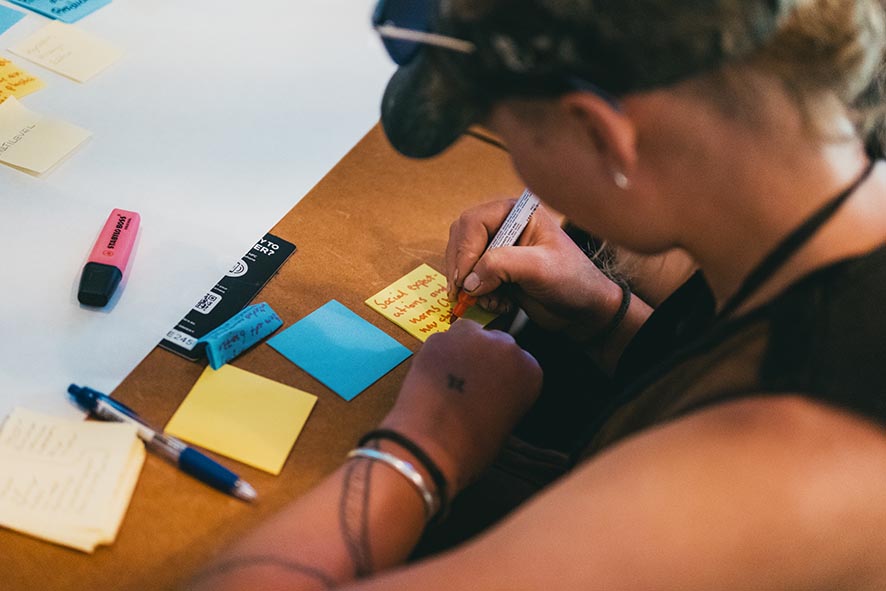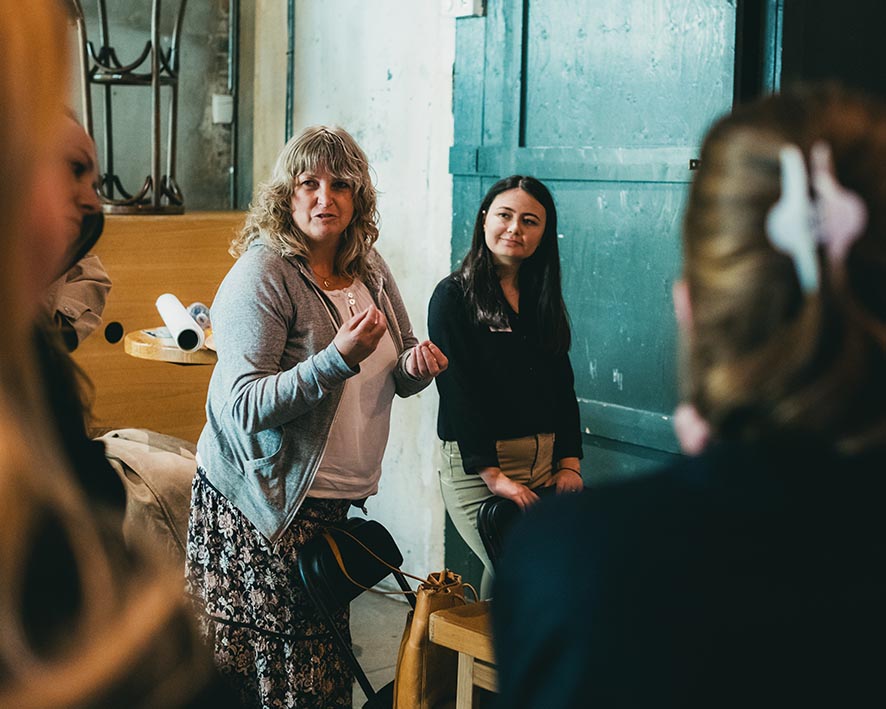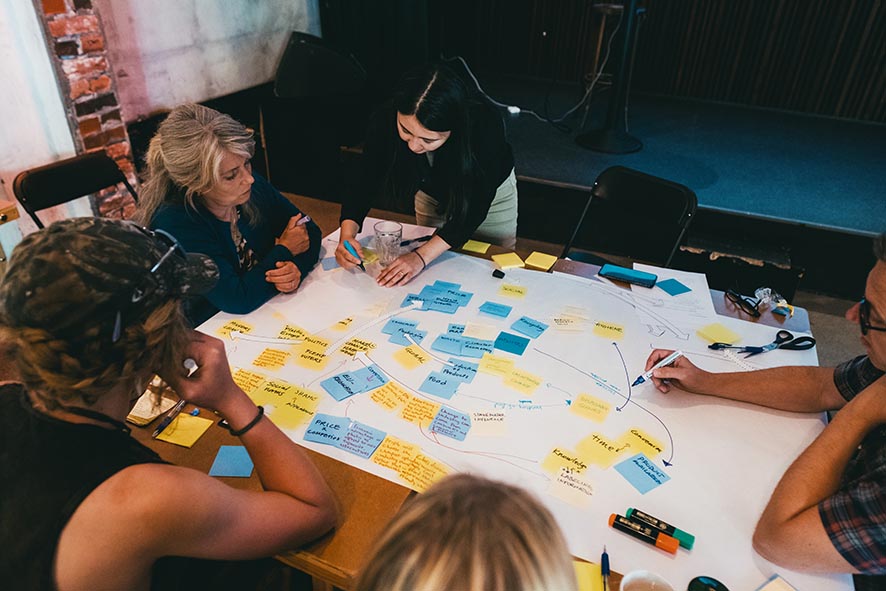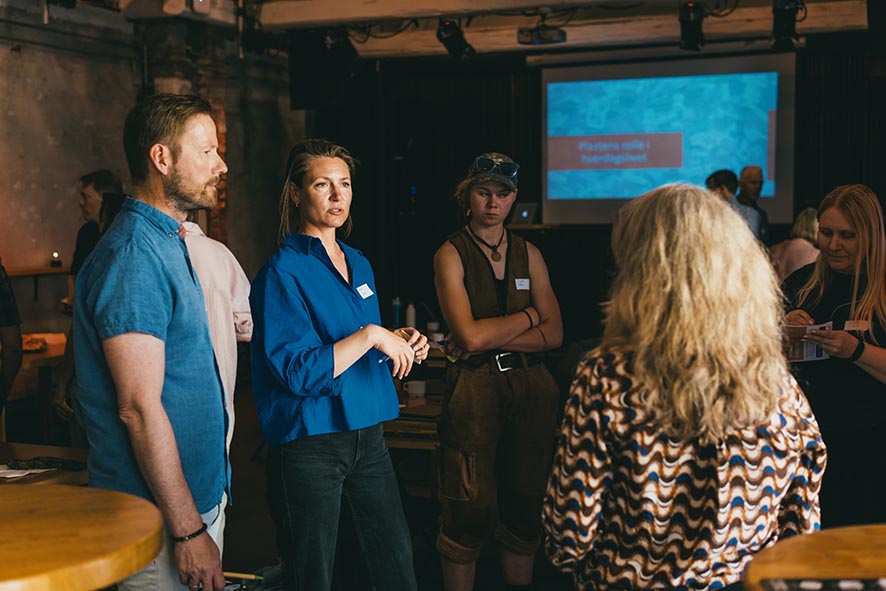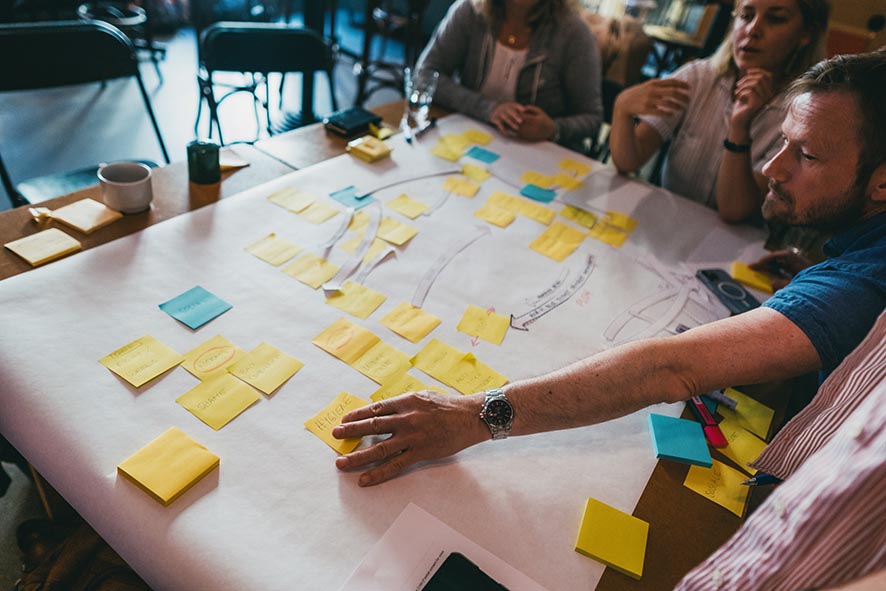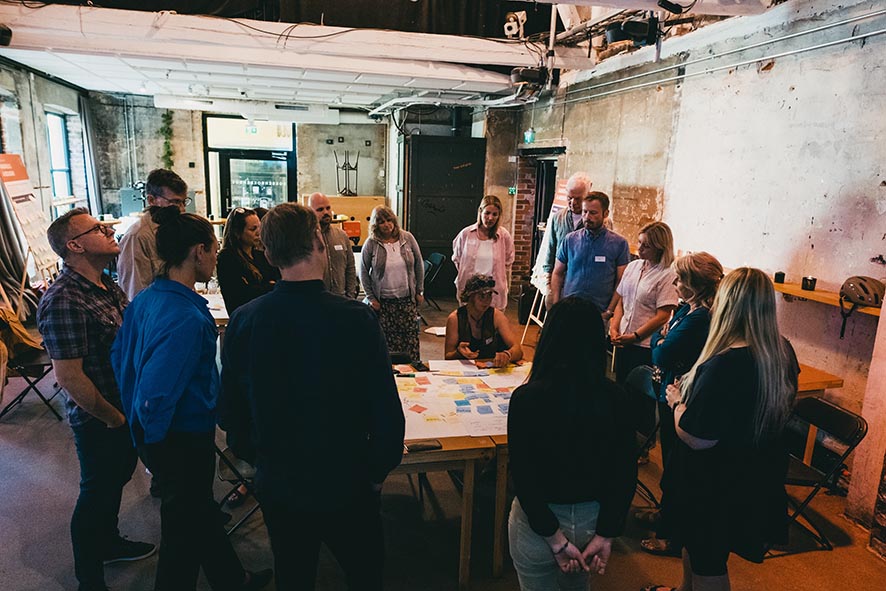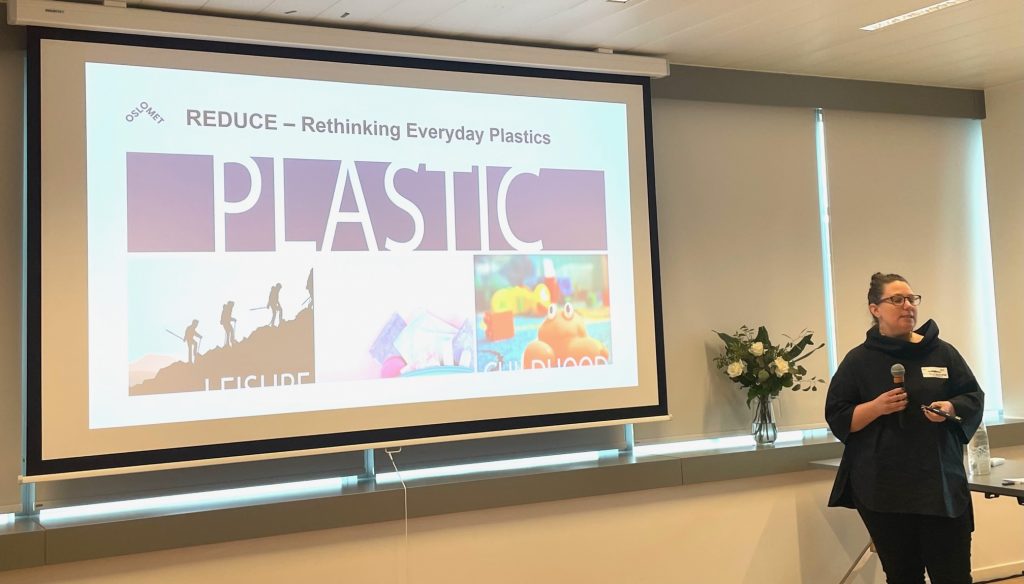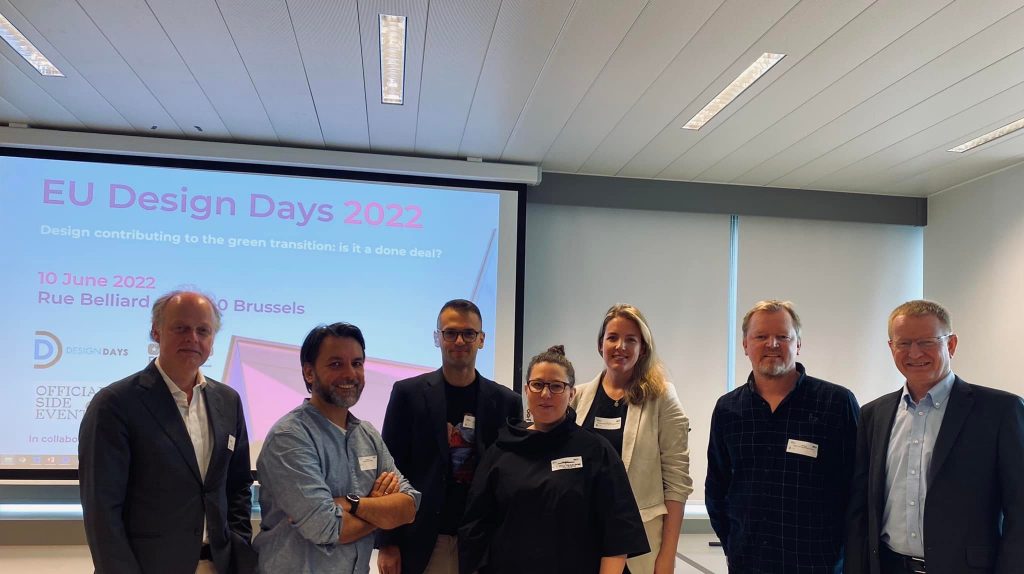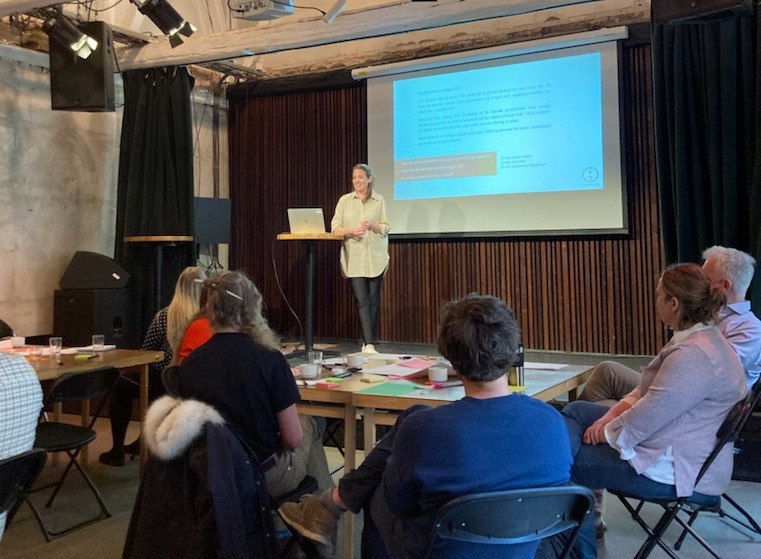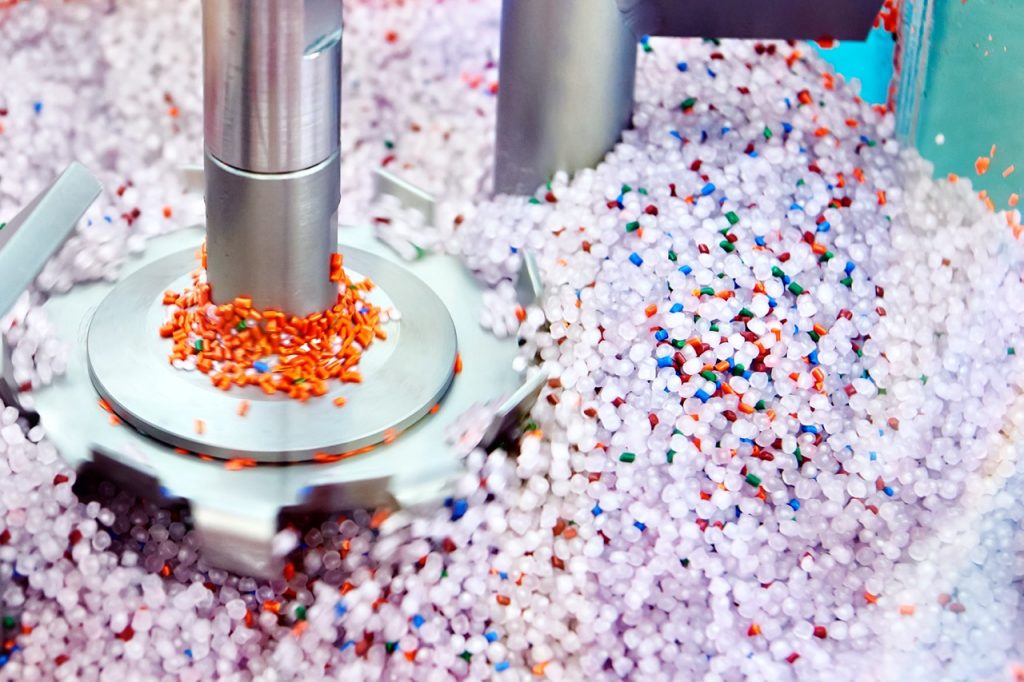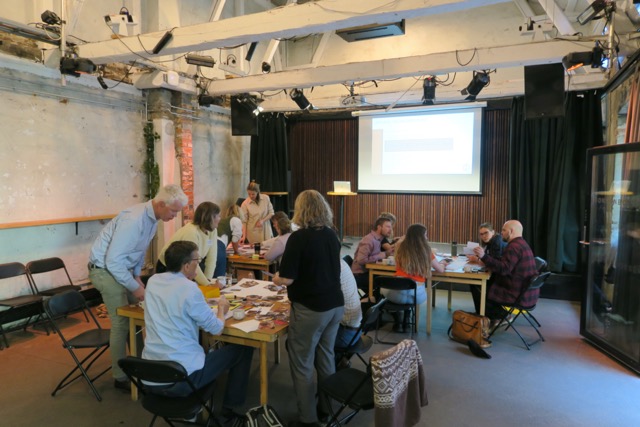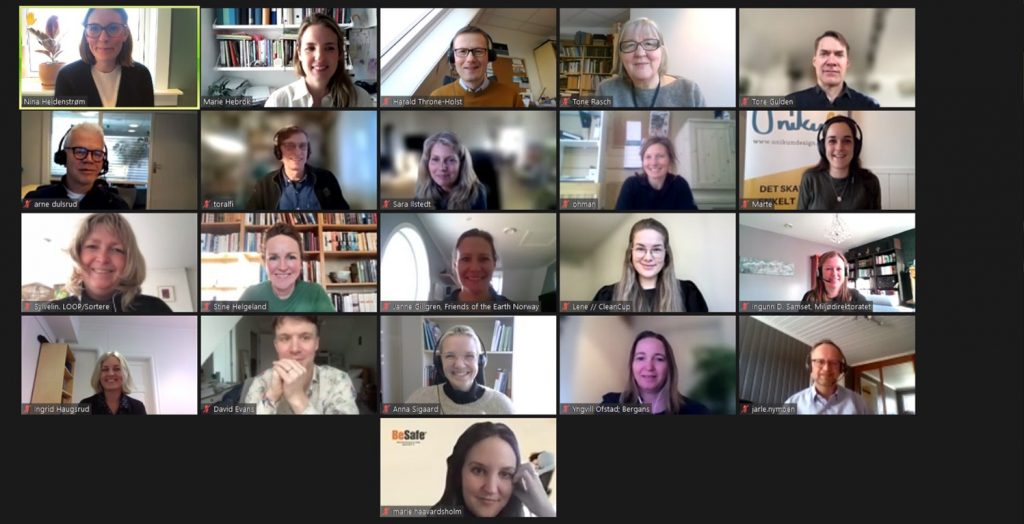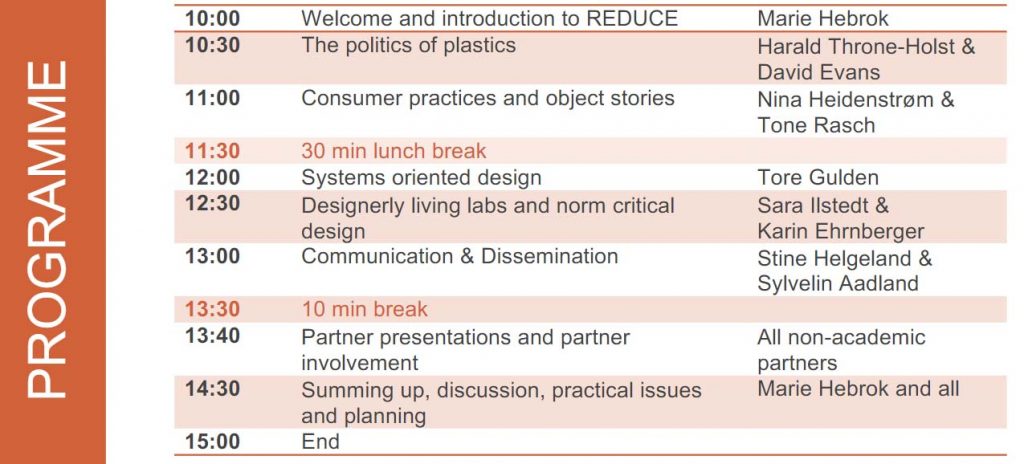REDUCE workshop to transfer results from WP2/3 to WP4 Future Scenarios
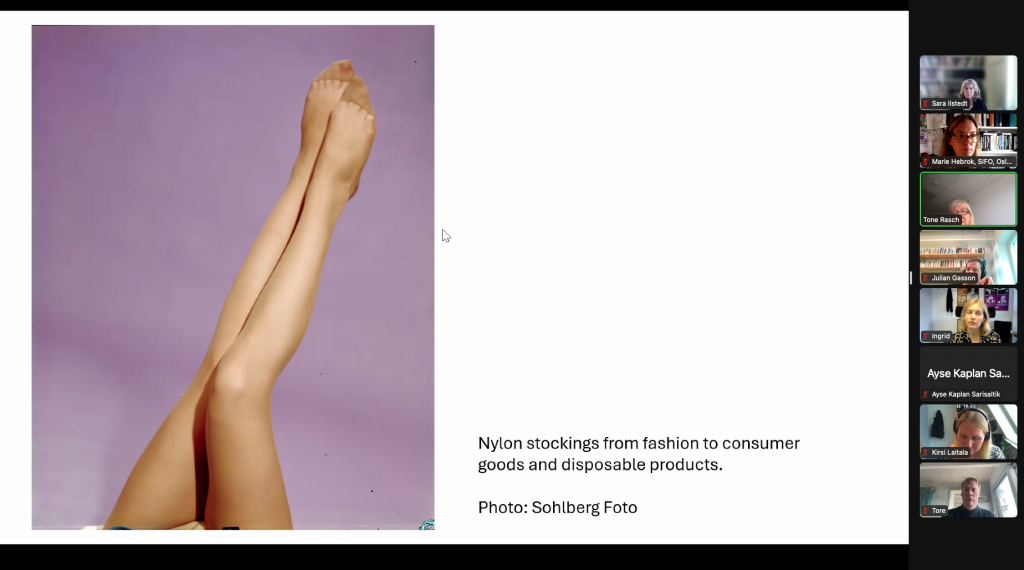
Opening and Project Overview
Project leader Marie Hebrok initiated the meeting with a warm welcome and provided a brief summary of the project’s activities to date. She also presented an overview of the project plan. A special welcome was extended to Julian Besson from KTH, who has recently joined the project.
Work Package 2 (WP2)
Nina Heidenstrøm was absent due to illness, so the recap of the 2023 poster session was removed from the agenda. Instead, Kirsi Laitala, Ingrid Haugsrud, and Tone Rasch presented object stories from WP2.
- Kirsi Laitala discussed the evolution of the fleece jacket, highlighting the shift from natural to synthetic materials, specifically oil-based plastics. She noted the downcycling of plastic bottles into fleece jackets marketed as sustainable fashion, despite potential greenwashing.
- Ingrid Haugsrud shared the history of Lego, illustrating its transition from wood to plastic. She pointed out the change from a flexible, all-round system of bricks to more gender-specific collections, which reduce flexibility. Tore also emphasized Lego’s powerful marketing strategy, integrating storytelling into children’s cartoons to create demand.
- Tone Rasch examined the rise and fall of nylon stockings, demonstrating how plastics have decreased the value of everyday products. She contrasted the shift from natural silk to nylon, from elegant to single-use items, and highlighted the loss of repair traditions due to plastics. The presentations aimed to explore how plastics have permeated everyday life and the resultant problems.
Work Package 3 (WP3)
Ayse Kaplan Sarisaltik presented the status of her PhD project, «A Systemic Approach to Sustainable Plastic Consumption in Everyday Life Practices.» She discussed key findings related to stakeholders’ understanding of menstruation practices and proposed interventions. Topics included taboos around blood handling in public spaces, the importance of knowledge, and the role of responsible consumer choices. Detailed documents will be uploaded to a Teams folder as input for WP4.
Work Package 4 (WP4)
Since WP4 has not yet commenced, there are no concrete plans beyond the project description. Planning will begin in the fall of 2024. WP4 aims to produce films showcasing real people interacting with objects in everyday life, with the goal of provoking new ways of thinking about plastics and increasing knowledge and reflection on the issue. Potential objects for the exhibition may be created and combined with film.
Ideas and Next Steps
Several ideas were briefly discussed:
- Intervening in misconceptions, such as the sustainability of recycled bottles in fleece jackets.
- Using historical trajectories from WP2 to explore futures through backcasting.
- Exploring intervention points suggested in WP3.
Action Items:
- Create folders on Teams with input from WP1, WP2, and WP3 for WP4.
- Plan a new workshop to discuss and select central themes for WP4 based on results from WP1, WP2, and WP3. The tentative date is October 21-24, in the context of the RSD conference in Oslo.
- Set up a meeting with WP1 to transfer results and discuss with WP4, preferably in September 2024.
